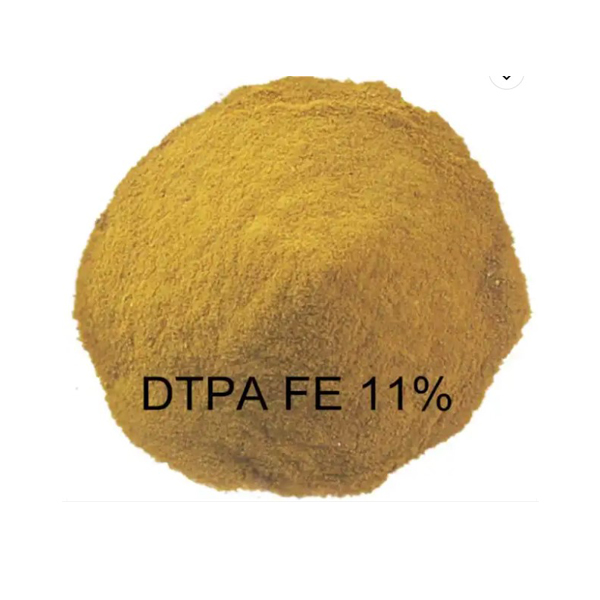
News
Окт . 18, 2024 13:31 Back to list
Production of Chelated Micronutrients for Fertilizers in Manufacturing Facilities
The Importance of Chelated Micronutrients in Modern Agriculture
In the world of agriculture, the quest for optimal crop production has led to the development of various fertilizers and nutrient delivery systems. Among these, chelated micronutrients have emerged as a crucial component for enhancing soil health and crop yield. This article explores the significance of chelated micronutrients, the manufacturing processes involved in their production, and their benefits to modern agriculture.
Understanding Chelated Micronutrients
Micronutrients are essential elements that plants need in small quantities for proper growth and development. These include iron, manganese, zinc, copper, molybdenum, and boron. Although required in minute amounts, the absence of any one of these micronutrients can lead to deficiencies that impair plant health and agricultural productivity.
Chelation is a process that involves binding these essential micronutrients to an organic molecule to improve their bioavailability. This binding protects the nutrients from interactions with soil components that might render them insoluble and, thus, useless to plants. Chelated forms of micronutrients are more readily absorbed by plant roots, ensuring that crops receive the nutrients they need in a timely manner.
The Role of Chelated Micronutrients Factories
The production of chelated micronutrients takes place in specialized factories that are equipped with the necessary technology and expertise to manufacture these complex compounds. Modern production facilities utilize advanced techniques to ensure high purity, consistency, and efficacy of the chelated nutrients.
These factories employ various chemical processes to create chelated forms of micronutrients using different chelating agents, such as EDTA (ethylene diamine tetraacetic acid) and EDDHA (ethylenediamine di(o-hydroxyphenylacetic acid)). The choice of chelating agent affects the stability and availability of the micronutrient, making it crucial for manufacturers to select the appropriate compounds based on the specific agricultural needs.
Furthermore, the factories are committed to adhering to stringent quality control measures to ensure that the final products meet industry standards. Regular testing and optimization of production processes are essential to guarantee the effectiveness and safety of the chelated micronutrients.
fertilizer chelated micronutrients factory

Benefits of Chelated Micronutrients in Agriculture
1. Improved Nutrient Availability The primary advantage of using chelated micronutrients is their superior availability to plants. By preventing binding with soil particles, chelated forms ensure that vital nutrients are accessible to crops that would otherwise struggle to obtain them.
2. Enhanced Crop Yields With proper nutrient uptake, plants are more likely to exhibit robust growth and higher yields. Chelated micronutrients help mitigate deficiency symptoms, leading to healthier crops that can withstand pests and diseases.
3. Compatibility with Various Soil Types Chelated micronutrients are particularly beneficial in soils that are known to have high pH levels, where traditional forms of nutrients may become unavailable. This versatility makes them applicable in diverse agricultural environments.
4. Reduced Environmental Impact The precise application of chelated micronutrients can lead to more efficient use of fertilizers, minimizing nitrogen and phosphorus runoff into water bodies. This not only protects aquatic ecosystems but also promotes sustainable agricultural practices.
5. Cost-Effectiveness Despite the initial investment, using chelated micronutrients can be economically beneficial for farmers. By enhancing crop quality and yield, these products can lead to higher profits and reduced input costs over time.
Conclusion
As global food demand continues to rise, the significance of chelated micronutrients in modern agriculture cannot be overstated. Factories dedicated to the production of these essential nutrients play a vital role in supporting farmers' efforts to optimize crop health and productivity. By improving nutrient availability, enhancing crop yields, and promoting sustainable farming practices, chelated micronutrients represent a forward-thinking solution to the challenges of contemporary agriculture. Embracing these advancements is crucial for achieving food security and maintaining the health of our planet's ecosystems.
-
OEM Chelating Agent Preservative Supplier & Manufacturer High-Quality Customized Solutions
NewsJul.08,2025
-
OEM Potassium Chelating Agent Manufacturer - Custom Potassium Oxalate & Citrate Solutions
NewsJul.08,2025
-
OEM Pentasodium DTPA Chelating Agent Supplier & Manufacturer High Purity & Cost-Effective Solutions
NewsJul.08,2025
-
High-Efficiency Chelated Trace Elements Fertilizer Bulk Supplier & Manufacturer Quotes
NewsJul.07,2025
-
High Quality K Formation for a Chelating Agent – Reliable Manufacturer & Supplier
NewsJul.07,2025
-
Best Chelated Iron Supplement for Plants Reliable Chelated Iron Fertilizer Supplier & Price
NewsJul.06,2025
